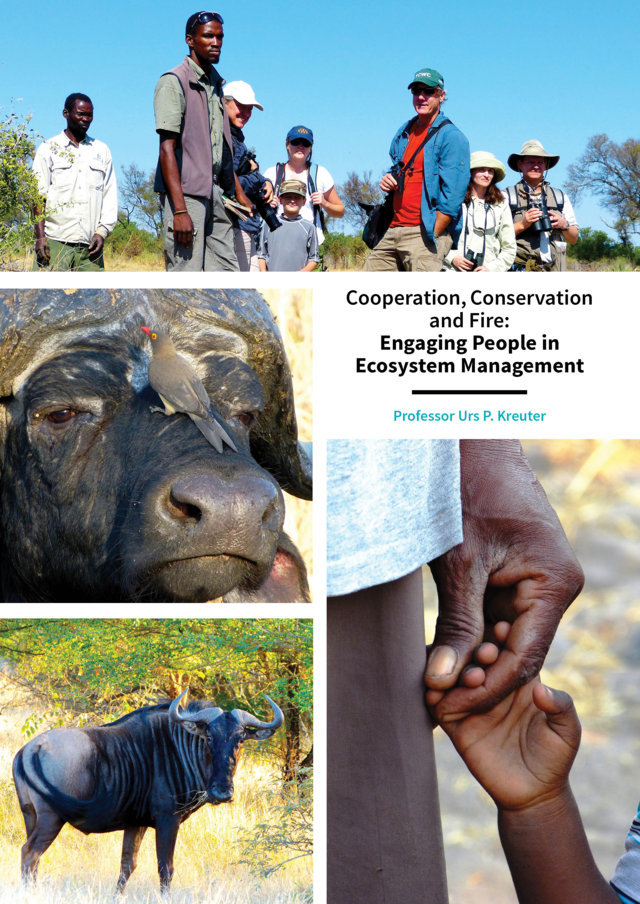Professor Urs Kreuter – Cooperation, Conservation and Fire: Engaging People in Ecosystem Management
In the worldwide effort to protect the resilience of diverse ecosystems, privately owned lands are becoming of increasing importance for conservation efforts. Effective management of these lands for wildlife and the continued delivery of critical ecosystem services often involves collaboration between multiple landowners across large areas. Professor Urs Kreuter of Texas A&M University recognises that to safeguard habitats and ecosystems for the future, it is necessary to understand the factors that motivate and encourage landowners to cooperate in these efforts. His work in land use-related social sciences and ecological economics is helping to shape how communities care for their local environments across the globe.
Growing up in southern Africa, Professor Kreuter developed a fascination for the diverse ecosystems of his childhood home. His strong interest in ecosystem biology and environmental conservation, coupled with the realisation that effective policy in these fields must be driven by understanding human behaviour, led him to a career studying the social and ecological economic aspects of ecosystem management. He realised that by studying the ways in which people are motivated to use and maintain their land by both government imposed policies and community based initiatives, he could help be a positive force for the application of land management practices that benefit conservation efforts for natural resources.
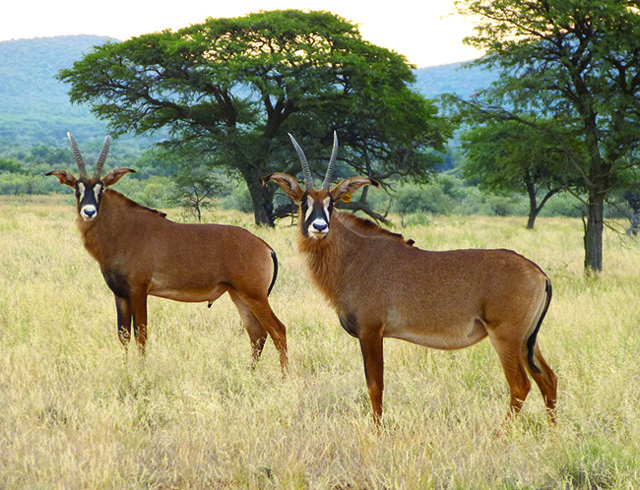
‘My research focuses on understanding factors that encourage landowners to coordinate land management decisions at spatial scales that exceed their own landholdings.’
In many developed countries, privately held land encompasses more area than federally owned reserves. Much of this land is rural and holds potential to maintain both plant and animal biodiversity in healthy ecosystems if landowners are properly motivated and educated in environmentally friendly land management practices. His work helps governing bodies and community organisations identify barriers to effective land management and implement programs that are more successful in encouraging landowners to cooperate in the care of native ecosystems. ‘My research focuses on understanding factors that encourage landowners to coordinate land management decisions at spatial scales that exceed their own landholdings,’ Professor Kreuter explains. He is interested in what drives the owners of private land to collaborate with their neighbours for the greater good of local ecosystems.
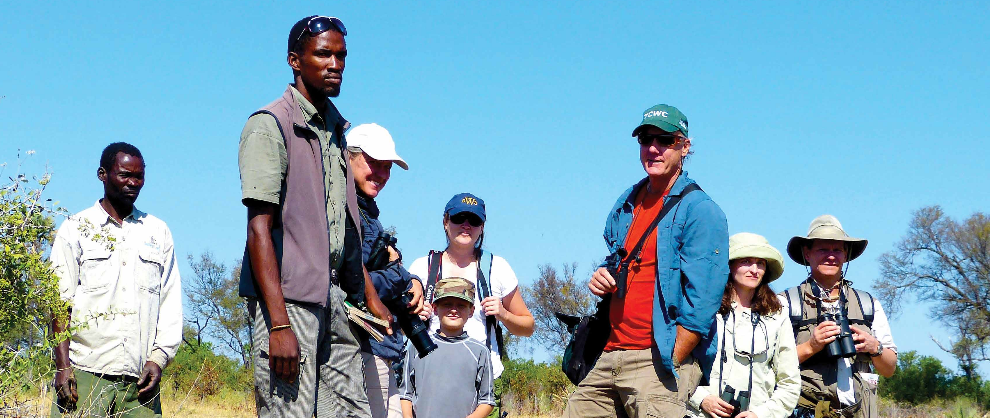
Quantifying the Effects of Urban Sprawl
One of the major interests of ecological economists is quantifying the value of ecosystem services and tracking their loss due to urbanisation. Ecosystem services involve the benefits gained from properly functioning ecosystems that are essential to life on Earth, and they include air and water filtration, carbon sequestration, and nutrient cycling. Changes in land use can greatly impact the delivery of ecosystem services, but measuring such changes can be difficult due to large volumes of often-incomplete data. This is further complicated by difficulties in quantifying the difference between obvious human-caused changes, such as housing development, and more subtle changes, such as plant composition shifts due to the spread of invasive species.
Professor Kreuter and his team sought to tackle this challenge using LANDSAT satellite images from the area surrounding San Antonio in Texas, USA – an area undergoing rapid growth in urban sprawl. They compared images from 1976, 1985, and 1991 and calculated changes in areas of rangeland, woodland, agricultural and urban land. They related these land cover types to three watersheds in Bexar county and estimated the ecosystem services that each cover type would provide. They found a 29% increase in urban land and a 65% decrease in rangeland, yet their initial calculations showed only a 4% decline in ecosystem services. Traditionally, forested land is weighted to offer the highest ecosystem services, and they realised that this minimal decline was likely due to woody plant expansion into rangeland over time. If rangeland and forest ecosystem services were held equal, the decline in services increased to 15.4%. This study highlights the need to track both habitat loss and habitat type when evaluating ecosystem services loss due to urban sprawl. Certain types of land cover, such as urban tree canopy cover, may mask the negative effects of urbanisation, but may also help mitigate these effects when planned and used purposefully.
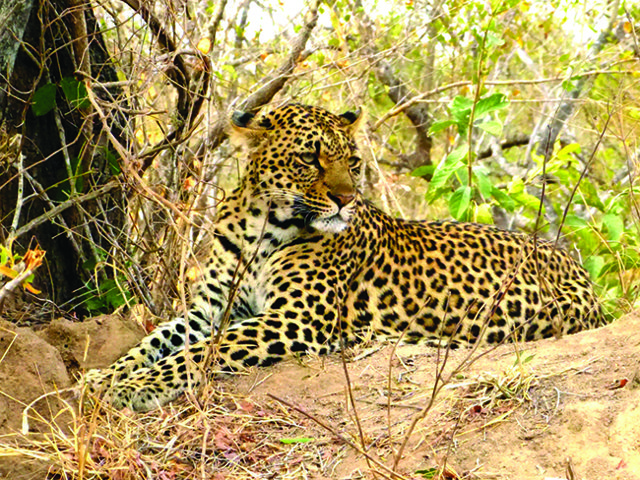
Working Together for Wildlife Management
Another important area of inquiry in ecological economics is understanding how community structure impacts land and wildlife management on private land. This is particularly relevant to large animal management in areas with expanses of undeveloped private landownership. Large animals typically require contiguous areas of land to graze and roam; thus, their home ranges may extend over numerous properties. Hunting of these animals on private land must be carefully managed to ensure that their populations are healthy and remain sustainable for multiple generations. This presents a common dilemma, a situation in which short term human interests may be at odds with the long-term needs of the species. Professor Kreuter’s team is interested in the factors that encourage landowners to make decisions that benefit the greater good, both for their local landowner community and for the wild species that inhabit their land.
In predominantly private lands states, such as Texas, wildlife management associations (WMAs) have emerged as a mechanism for coordinating decisions regarding wildlife across multiple landholdings. The success of these associations depends on collaboration between landowners, which necessitates strong social capital that is determined by high levels of trust, reciprocity, and community involvement among WMA members. Professor Kreuter and his colleagues evaluated the influence of social capital on the function of four WMAs in Texas, USA, aimed at managing populations of white-tailed deer. Two of these WMAs were larger associations formed predominantly by newer landowners who met more often, held longer standing memberships in their WMA and exhibited lower levels of social capital. The other two WMAs had fewer members, who were predominantly male and owned larger properties that they primarily used for hunting rather than as a place to live, yet they exhibited stronger social capital.
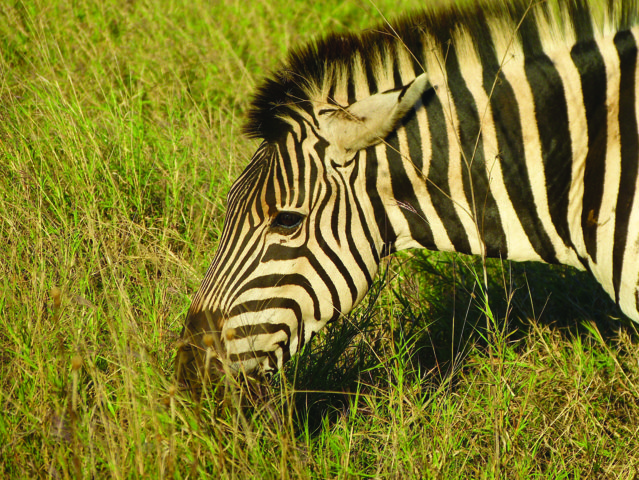
Professor Kreuter’s team found the most influential factor positively affecting social capital was group size; memberships over about 30 appeared to lead to a decline in social capital. Other factors included greater length of property ownership, and greater frequency of WMA meetings. Negative factors included absentee land ownership and the proportion of woodland vs. rangeland on the property. By capitalising on the factors that encourage social capital, and minimising the factors that discourage it, WMAs are more likely to develop sustainable cooperative wildlife management practices across larger landscapes.
In southern Africa, community based private land management is proving essential for wildlife conservation efforts. In the past decade, legislative changes have shifted authority over wildlife management from central government to private landowners, while the commercial value of wildlife has steadily increased. These factors have led to a great increase in the amount of private land dedicated to conservation, such that the area of privately-owned land devoted to wildlife is now more than double that of government protected areas. It has also become increasingly common for adjacent landowners to incorporate their properties into private nature reserves that have no internal boundary fences. This not only increases the contiguous land areas available for wildlife but also requires collaborative community-based management of these lands and pooled resources to promote conservation efforts.
Professor Kreuter’s team examined the mechanics of three such private wildlife reserves in South Africa and Zimbabwe in an effort to understand the factors that contribute to effective community-based natural resource management on privately owned land. While all of the reserves exhibited characteristics needed to sustain collaboration, such as effective leadership and value of resources, factors such as tenure of landownership, number of coordinating owners, use of an overarching wildlife management entity, and support of the surrounding community varied among the three reserves, but may ultimately prove more important in the long term sustainability of these reserves.

Burning in Control
Much of Dr Kreuter’s recent work has been devoted to challenging stigmas surrounding the controlled use of fire to maintain grassland and savannah ecosystems. Once viewed as natural disasters and horrible accidents, scientists now recognise that periodic fires are necessary for the proper functioning of fire-adapted grasslands and savannahs. In these ecosystems, native herbaceous plants depend on periodic burn events so as not to be overwhelmed by the expansion of fire-prone woody plants. Furthermore, when these landscapes experience regular smaller burns, there is less fuel load accumulation and, therefore, less risk of wildfires that start unintentionally and often burn out of control, consuming homes and property.
Historic fire frequencies in grasslands and savannahs can be replicated through a process called prescribed burns, where fire intensity and boundaries are carefully controlled such that only the intended land is affected by the fire. Prescribed burns help to clear encroaching invasive species and woody plants, benefiting native fire-adapted plants. This process allows grasslands to flourish following a fire, and helps protect the integrity of these increasingly threatened ecosystems. From Professor Kreuter’s perspective as an ecological economist, prescribed fire also offers an opportunity to study community dynamics in resource management. ‘The application of prescribed fire, which is necessary to maintain the functionality and productivity fire-driven ecosystems, is an ideal tool for enhancing collaboration and greater coordination of land management,’ he explains.
The grasslands of the US Great Plains are a prime example of a fire-adapted ecosystem. Fire is critical to maintaining healthy grassland structure and composition, but is has been excluded for long periods of time in many places. As a result, juniper trees have encroached on millions of acres of grassland, degrading these ecosystems and reducing the provision of many of their valuable ecosystem services. In the past decade, private citizens have banned together to form ‘burn cooperatives’ – groups that promote the use of fire as a tool for grassland management. Professor Kreuter and his colleagues have documented the positive effects of these cooperatives on local ecosystems and on shifting attitudes towards fire as a land management tool.
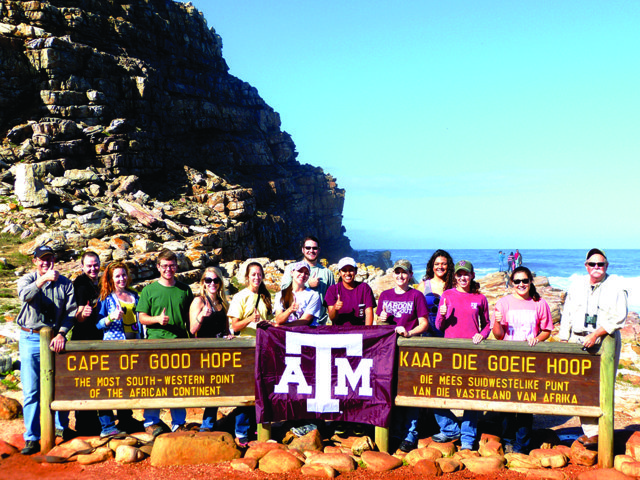
In areas with a burn cooperative, landowners are granted access to a dedicated social network that provides education and support for performing prescribed burns, and are more likely to take a positive view on prescribed burning in general. In Texas, such cooperatives are known as Prescribed Burn Associations (PBAs) and have emerged to restore ecosystems in areas with predominantly private landownership. PBAs offer education, training, equipment and labour to help landowners minimise risk when engaging in a large-scale burn. Landowners are more willing to use fire when limitations of skill, knowledge, and access to fire management resources are removed. Burn cooperatives empower citizens to enact change in their communities that benefits the grassland ecosystems they inhabit.
Professor Kreuter and his team have identified one of the greatest barriers to the use of prescribed burns as legal liability. This factor is most often identified by landowners as the reason they are not willing to use fire to maintain their land. Many state and local governments have begun to recognise the benefits of prescribed burns in maintaining healthy ecosystems and reducing the risk of uncontrolled wildfires, and to consider changes in legislation to promote rather than inhibit the use of controlled fire in land maintenance. Professor Kreuter and his team compared various laws to identify those that best promote the use of prescribed fire. Landowners in locations with gross negligence liability standards were more likely to use prescribed burns, compared to those with simple negligence laws. Applications of additional permitting and safety laws did not reduce the use of fire, indicating that lawmakers can promote responsible fire use without limiting the practice. Professor Kreuter’s ongoing work seeks to continue to identify the social and legal barriers and opportunities to enhancing the use of prescribed fire, in an effort to encourage landowners to use this practice to maintain grassland ecosystems more broadly.
Meet the researcher

Professor Urs P. Kreuter
Department of Ecosystem Science and Management
Texas A&M University
College Station, Texas
USA
Professor Kreuter is the Joan Negley Kelleher Professor in the Department of Ecosystem Science & Management at Texas A&M University. He obtained BS and MS degrees in Agriculture from the University of Kwa-Zulu Natal, South Africa, and MA and PhD degrees from Utah State University. Before moving to the USA, Professor Kreuter worked as a Research Scientist in the South African Department of Agriculture and as a lecturer at the University of Kwa-Zulu Natal. He then joined Texas A&M University as a faculty member in 1998. Professor Kreuter’s research focuses on the human dimensions of ecosystem management with the aim of increasing coordinated land management on private rangelands to enhance the delivery of ecosystem services. He has published over 100 articles and has presented over 80 talks at national and international professional meetings. Professor Kreuter currently teaches an undergraduate capstone course on Ecosystem Management; a study abroad course on Biodiversity Conservation and Eco-tourism in Southern Africa; and a graduate course on Ecological Economics. His most recent awards include Association of Former Students’ Society for Management Range Science Education Council Outstanding Undergraduate Teaching Award (2015), Society of Range Management Outstanding Achievement Award – Research/Academia (2014) and Distinguished Achievement Award – College Level Teaching (2013). Dr Kreuter was also a Distinguished Visiting Scientist with the Australian CSIRO in 2011.
CONTACT
E: urs@tamu.edu
T: (+1) 979 255 2022
W: http://agrilife.org/kreuter/
KEY COLLABORATORS
Dr Bradford P Wilcox, Texas A&M University
Dr William E Rogers, Texas A&M University
Dr W Richard Teague, Texas A&M Agrlife Research
Dr Samuel D Fuhlendorf, Oklahoma State University
Dr Michael G Sorice, Virginia Tech
Dianne A Stroman, Colin College
Dr Dirac Twidwell, University of Nebraska-Lincoln
Dr David Toledo, United States Department of Agriculture
FUNDING
Bureau of Land Management Joint Fire Sciences Program
NSF Dynamics of Coupled Human and Natural Systems Program
NASA Research Opportunities in Space and Earth Sciences
Houston Advanced Research Centre Coastal Impacts Technology Program
REFERENCES
UP Kreuter, AD Iwasaa, GL Theodori, RJ Ansley, RB Jackson, LH Fraser, S McGillivray, AM Neath, E Garcia Moya, State of knowledge about energy development impacts on North American rangelands: An integrative approach, Journal of Environmental Management, 2016, 180, 1–9.
CL Wonkka, WE Rogers, UP Kreuter, Legal barriers to effective ecosystem management: Exploring linkages between liability, regulations, and prescribed fire, Ecological Applications, 2015, 25, 2382–2393.
D Toledo, UP Kreuter, MG Sorice, CA Taylor, Jr., The role of prescribed burn associations in the application of prescribed fires in rangeland ecosystems, Journal of Environmental Management, 2014, 132, 323–328.
D Twidwell, WE Rogers, SD Fuhlendorf, CL Wonkka, DM Engle, JR Weir, UP Kreuter, CA Taylor, Jr., The rising Great Plains fire campaign: Citizenry response to woody plant encroachment, Frontiers in Ecology and the Environment, 2013, 11, e64–e71.
UP Kreuter, JB Woodard, CA Taylor, Jr., WR Teague, Perceptions of Texas landowners regarding fire and its use, Rangeland Ecology & Management, 2008, 61, 456–464.
MW Wagner, UP Kreuter, RA Kaiser, RN Wilkins, Collective action and social capital of wildlife management associations, Journal of Wildlife Management, 2007, 71, 1729–1738.
UP Kreuter, HG Harris, MD Matlock, RE Lacey, Change in ecosystem service values in the San Antonio area, Texas, Ecological Economics, 2001, 39, 333–346.


